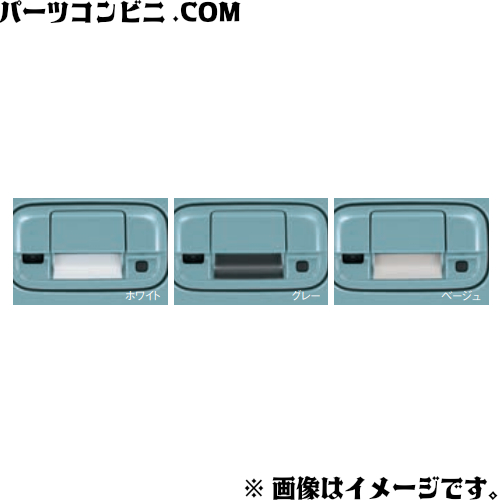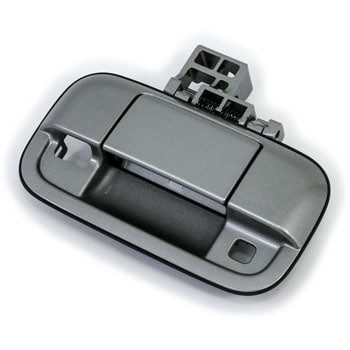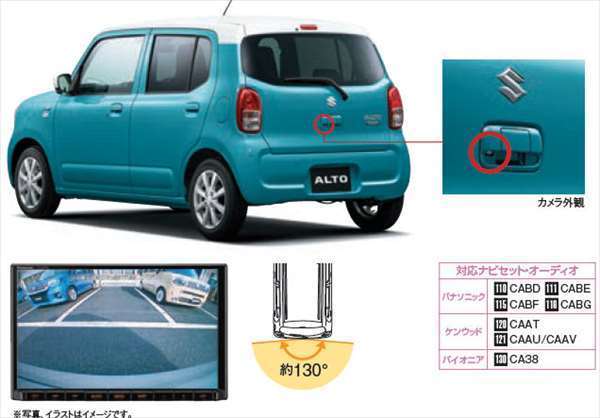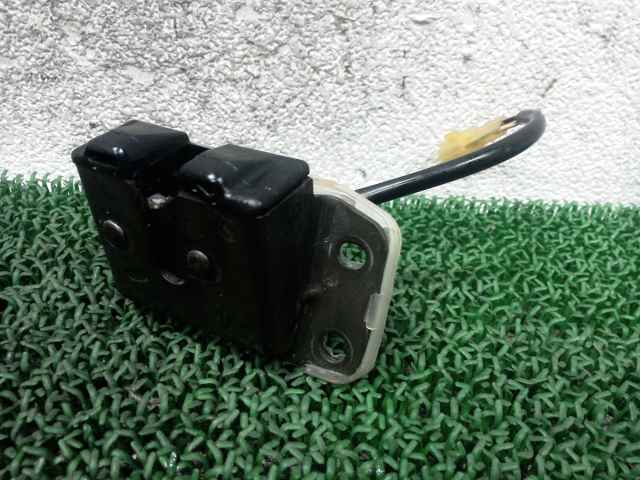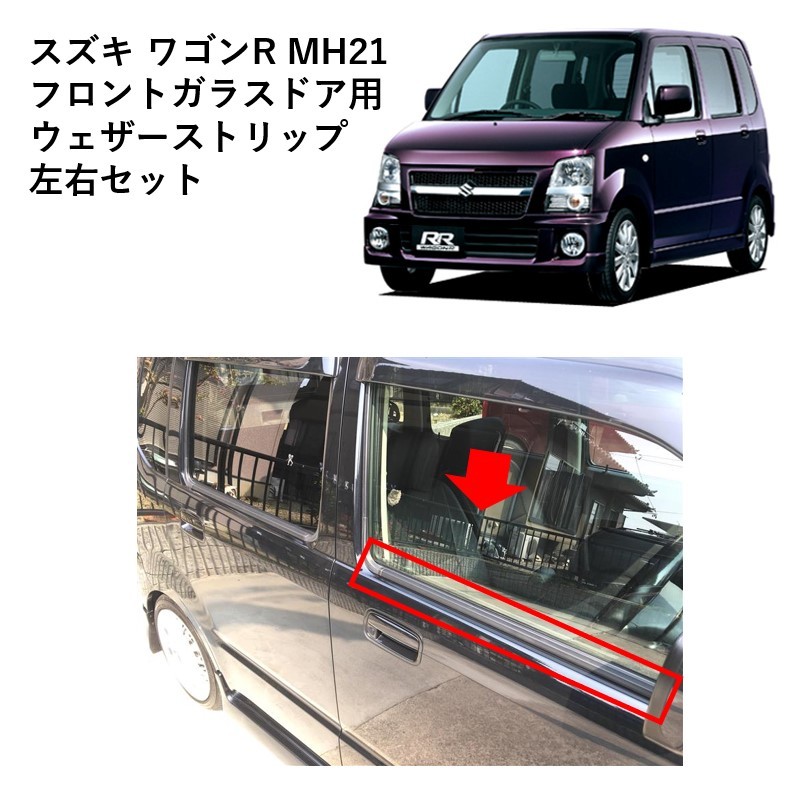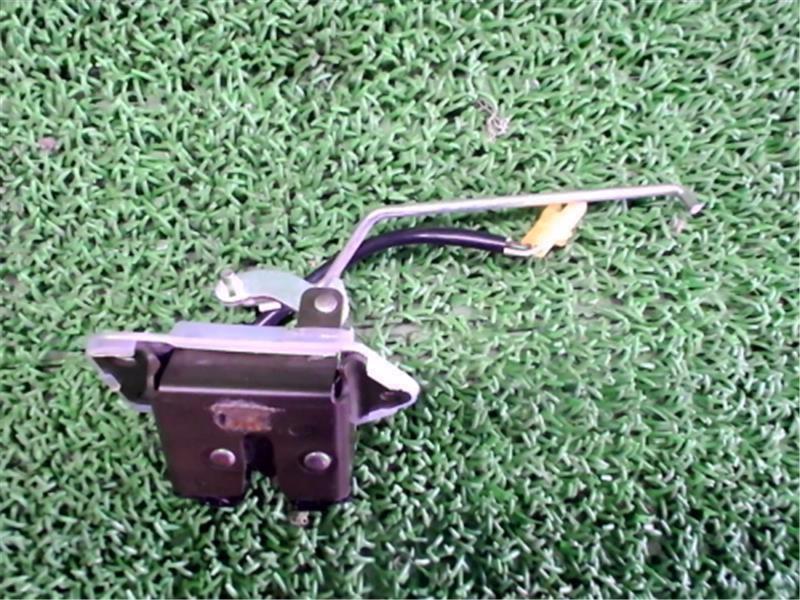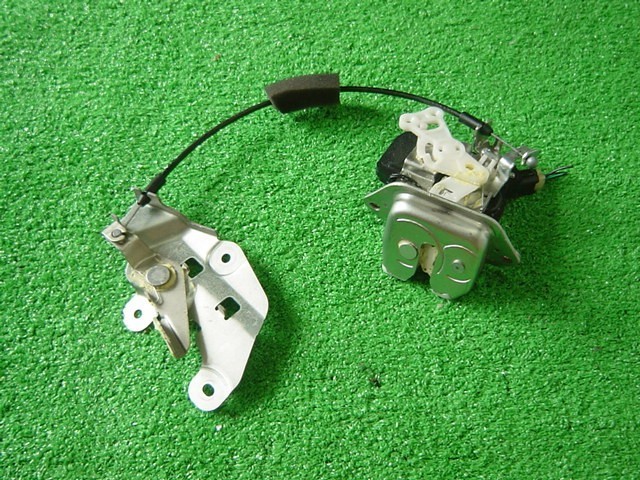ソリオ用 ハーネスアッシバックドアワゴンR/ワイド・プラス・ソリオ 36680-58J30 スズキ純正部品
(税込) 送料込み
商品の説明
商品情報
ソリオ用 ハーネスアッシバックドアワゴンR/ワイド・プラス・ソリオ 36680-58J30 スズキ純正部品
7183円ソリオ用 ハーネスアッシバックドアワゴンR/ワイド・プラス・ソリオ 36680-58J30 スズキ純正部品車、バイク、自転車自動車2024年最新】Yahoo!オークション -スズキ ソリオ バックドア(電装品)のAmazon.co.jp: SUZUKI (スズキ) 純正部品 ハーネスアッシ バックドア
Amazon.co.jp: SUZUKI (スズキ) 純正部品 ハーネスアッシ バックドア
2024年最新】Yahoo!オークション -スズキ ソリオ バックドア(電装品)の
35番のみ』 ワゴンR/ワイド・プラス・ソリオ用 フロントライトの
19番のみ』 ワゴンR/ワイド、プラス、ソリオ用 タッピングスクリュー
Amazon.co.jp: SUZUKI (スズキ) 純正部品 アームアッシ ワイパ ライト
26番のみ』 ワゴンR/ワイド・プラス・ソリオ用 ベルトテンショナの
2024年最新】Yahoo!オークション -スズキ ソリオ バックドア(電装品)の
2024年最新】Yahoo!オークション -スズキ ソリオ バックドア(電装品)の
2024年最新】Yahoo!オークション -スズキ フロントドアハーネス(パーツ
楽天市場】『38番のみ』 ワゴンR/ワイド・プラス・ソリオ用 リヤ
19番のみ』 ワゴンR/ワイド、プラス、ソリオ用 タッピングスクリュー
2024年最新】Yahoo!オークション -スズキ ソリオ バックドア(電装品)の
35番のみ』 ワゴンR/ワイド・プラス・ソリオ用 フロントライトの
2024年最新】Yahoo!オークション -スズキ ソリオ バックドア(電装品)の
サマーブルーメタリック(ZUW)カメラ取付穴あり用バックドアハンドル
26番のみ』 ワゴンR/ワイド・プラス・ソリオ用 ベルトテンショナの
SUZUKI (スズキ) 純正部品 ハーネスアッシ 品番36610-65P90 - 自動車
楽天市場】バックドア スズキ 部品 純正の通販
2024年最新】Yahoo!オークション -スズキ ソリオ バックドア(電装品)の
Amazon.co.jp: SUZUKI (スズキ) 純正部品 アームアッシ ワイパ ライト
2024年最新】Yahoo!オークション -スズキ ソリオ バックドア(電装品)の
2024年最新】Yahoo!オークション -スズキ ソリオ バックドア(電装品)の
2024年最新】Yahoo!オークション -スズキ ソリオ バックドア(電装品)の
楽天市場】バックドア スズキ 部品 純正の通販
82850)ハンドル,バックドア(シルバー) スズキ スズキ純正品番先頭82
スズキ(純正) ワゴンR ソリオ スライドドアスイッチ のパーツレビュー
2024年最新】Yahoo!オークション -スズキ 純正部品 バックドアハンドル
2024年最新】Yahoo!オークション -スズキ ソリオ バックドア(電装品)の
テールランプハーネス ソリオ MA15S 3型 35658-54M10 スズキ純正部品-gpinnovation
2024年最新】Yahoo!オークション -スズキ ソリオ バックドア(電装品)の
2024年最新】Yahoo!オークション -スズキ ソリオ バックドア(電装品)の
2024年最新】Yahoo!オークション -スズキ純正部品 ワゴンr(外装
2024年最新】Yahoo!オークション -スズキ ソリオ バックドア(電装品)の
Amazon.co.jp: SUZUKI (スズキ) 純正部品 アームアッシ ワイパ ライト
2024年最新】Yahoo!オークション -スズキ 純正部品 バックドアハンドル
2024年最新】Yahoo!オークション -スズキ ソリオ バックドア(電装品)の
2024年最新】Yahoo!オークション -スズキ ソリオ バックドア(電装品)の
2024年最新】Yahoo!オークション -スズキ ソリオ バックドア(電装品)の
2024年最新】Yahoo!オークション -スズキ ソリオ バックドア(電装品)の
商品の情報
メルカリ安心への取り組み
お金は事務局に支払われ、評価後に振り込まれます
出品者
スピード発送
この出品者は平均24時間以内に発送しています

















